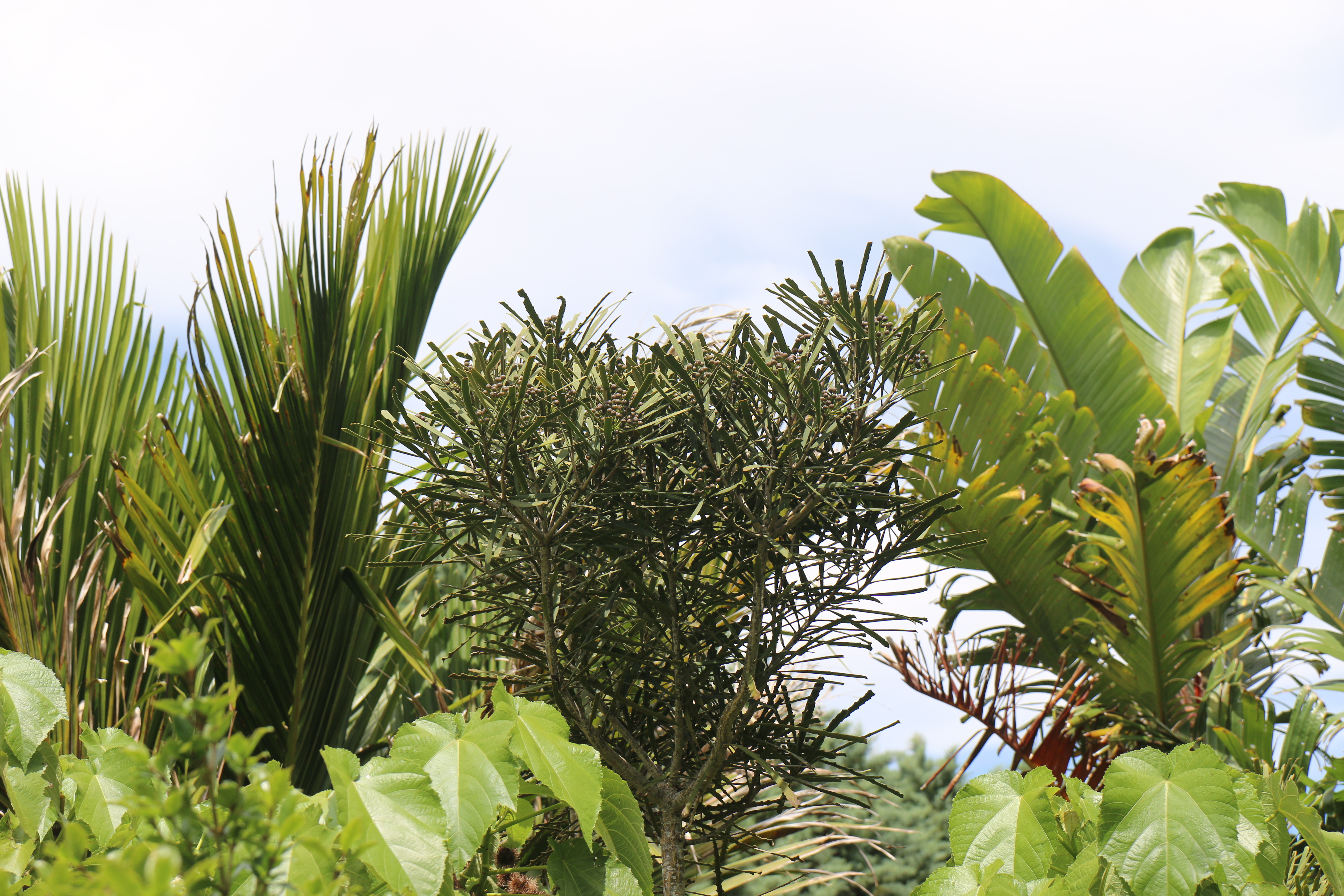Physical characteristics
An upright,
Flowers and foliage
Slow-growing, small tree with two growth forms (heteroblastic). The juvenile stage can last 15 to 20 years, with tough, drooping serrated leaves up to 1m long. As the tree ages, the leaves broaden and shorten, growing up to 30cm in length. The grey trunk develops large, long fissures with age.
Preferred site
Prefers well-drained soil, as it is prone to root rot. Tolerates a wide range of conditions and is frost tolerant.
Preparation for planting
Before planting ensure the root ball is saturated and remove the planter bag or pot with minimal root disturbance. Trim any broken roots and plant at the same level as in the container. Dig a hole twice the diameter of the root ball and firm in and water once planted. Make sure
Maintenance tips
The first summer and autumn after planting is critical for young
Ecological and biodiversity benefits
Fruit provides a food source for birds.
Pests and diseases
Susceptible to possum browse.
Location at Auckland Botanic Gardens
Native Identification Trail




.jpg?width=1200&height=1200&v=1d4024dceb89e50)

.jpg?width=1200&height=1200&v=1d5569224d63650)
 .jpg?width=1200&height=1200&v=1d4024df6ce2770)
.jpg?width=1200&height=1200&v=1d55676a892f2b0)
 .jpg?width=1200&height=1200&v=1d4024e3b65f7f0)